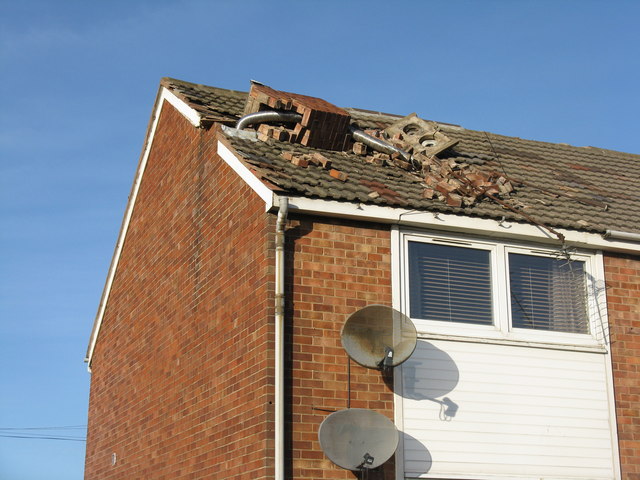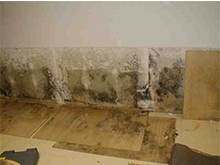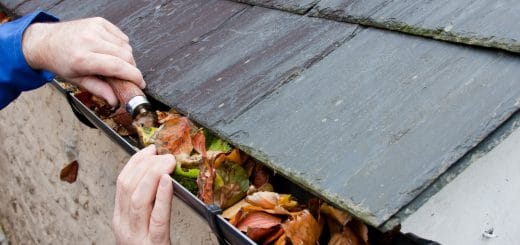How to Remove Mold from the Refrigerator Seal
The refrigerator should be kept as clean as possible to prevent illness. One common issue is mold growth on the refrigerator seal. Mold can easily grow on refrigerator seals, where moisture and food particles accumulate. To ensure a healthy kitchen environment, it is crucial to address mold infestations promptly. Here’s how to effectively remove a mold infestation from the refrigerator seal.
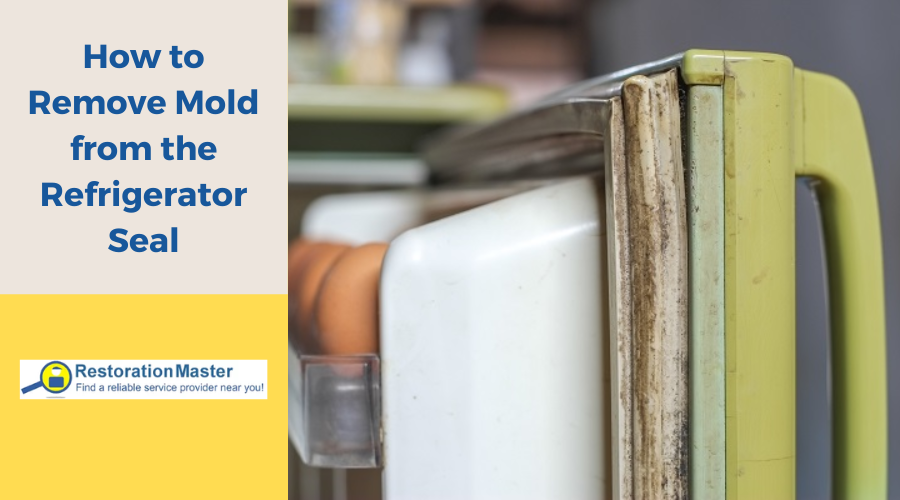
What is Mold?
Mold is a type of fungus that is prevalent in the natural environment. The spores are useful in the great outdoors to break down decaying organic matter, such as dead leaves and trees. Mold spores are airborne, which means they travel throughout the environment. When these spores land indoors, mold problems can begin. To thrive, mold requires only three vital nutrients: moisture, an organic food source, and darkness. When mold is abundantly supplied with these forms of nourishment, the spores multiply rapidly and colonies flourish.
How Does Mold Grow on the Refrigerator Seal?
The consistent moisture supply and the availability of an organic food source encourages mold spores to grow on refrigerator seals. When the refrigerator door is opened and closed, condensation can form on the seal, creating a moisture rich environment. The refrigerator seal, also known as the gasket, can be manufactured out of natural or synthetic rubber. Natural rubber is produced from latex, which is an organic substance obtained from certain species of trees. The combination of moisture and the fridge seal, as an organic compound, provide a food source for spores.
Dark splotches of mold on the refrigerator seal are not only unsightly, but they are also harmful. Breathing in mold spores can lead to the worsening of asthma symptoms, allergic reactions, or contribute to respiratory illnesses. People allergic to mold can experience itchy skin, watery eyes, and coughing.
Methods for Removing Mold
Cleaning mold from the refrigerator seal is essential to prevent health risks and ensure food safety. There are several effective methods to eliminate the mold from the refrigerator gasket and prevent it from returning. Most of these techniques utilize common household staples and a sufficient amount of elbow grease.
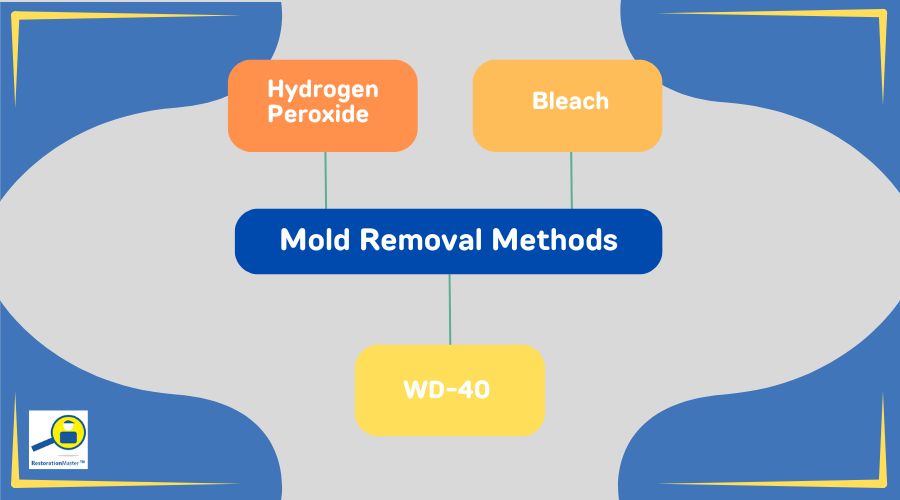
Method 1: Clean with Hydrogen Peroxide
Cleaning off the mold with hydrogen peroxide is straightforward. The homeowner will require a bottle of undiluted hydrogen peroxide, a spray bottle and soft cloths. Cotton swabs are optional, but the swabs can be especially useful when mold appears in the fridge’s nooks and crevices.
- Clean off as much dirt as possible from the fridge seal.
- After filling the spray bottle with the hydrogen peroxide, spray the mold on the seal. Allow the solution to remain on the moldy areas for several minutes.
- Wipe away with a clean cloth and repeat as necessary.
Method 2: Clean with Bleach
Using bleach to clean mold is especially effective when the surface is nonporous. However, as refrigerator seals are porous, this method may fail to work long-term. Additionally, bleach can dry out the gasket, potentially causing it to shrink and become hardened like wood.
The homeowner will need bleach, a spray bottle, clean cloths, and water. A lubricant, such as Vaseline, will be useful to help keep the seal moist.
- Similar to the prior method, wipe down the fridge seal to remove as much dirt and debris as possible.
- Mix one part bleach and two parts water in the spray bottle, blending well.
- Spray the solution on the moldy areas and allow it to penetrate for several minutes.
- Use the soft cloth to wipe away the bleach solution.
- Rub stubborn mold stains with an old toothbrush or cotton swab.
- Repeat this process until all the mold is removed.
However, be careful to avoid drying out the seal with excessive bleach. If the refrigerator seal appears to be drying out, lubricate it with petroleum jelly or Vaseline. Olive oil or coconut oil also effectively remoisturize the seal.
Method 3: Clean with WD-40
WD-40 can also be used to remove mold, although it is a lesser-known method. In addition to WD-40, the homeowner should gather a soft cloth and a mild cleaner. Cotton swabs are useful to access crannies.
- Once again, start by cleaning off all dirt and debris caked onto the refrigerator seal.
- Spray the mold with WD-40 and allow it to soak in for several minutes.
- Wipe the product away using a cloth. Tighter areas can be cleaned with the cotton swabs.
- Repeat these steps until the mold is gone.
- Then, use a mild cleaner to remove all traces of the WD-40.
How is Mold Growth Prevented?
Addressing underlying causes and implementing preventative measures is crucial for reducing the risk of mold growth and to maintain a healthy indoor environment. Below are helpful methods to prevent mold from developing or returning on your refrigerator gasket.
- Regular Cleaning: Create a solution using a mild detergent and water to remove food, particles, spills, and moisture.
- Vinegar: Simply rub white vinegar along the refrigerator walls and the seal to deter future mold outbreaks.
- Inspection: Regularly check the seal for signs of wear or damage. Replace the seal if it is cracked or worn out to maintain its effectiveness.
- Monitor Temperature: Maintain the refrigerator at the manufacturer’s recommended temperature to inhibit mold growth.
Mold infests indoor areas that offer plenty of nutrients. As a result, it is not unusual for mold to grow in these ideal environments such as the fridge seal, behind the toilet, the basement, or in the crawl space. If mold becomes extremely prevalent indoors, seeking professional assistance from experts is often recommended. should be removed right away by mold remediation experts.
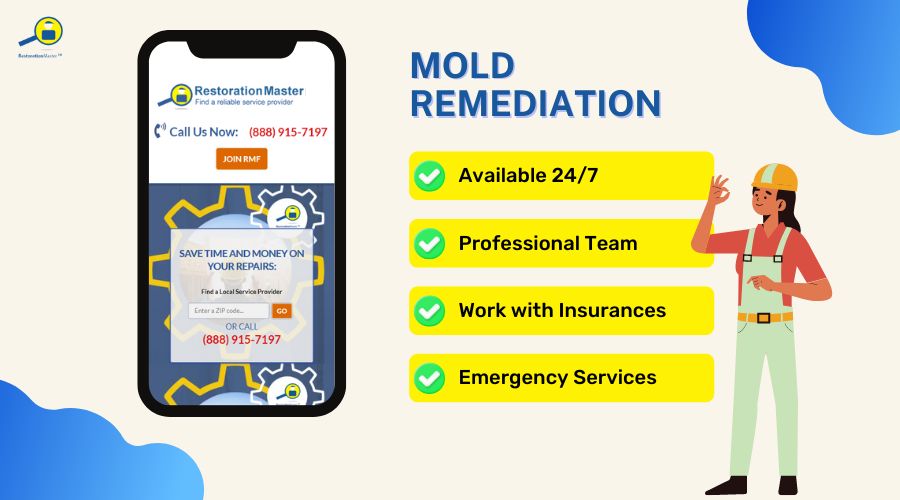
Experienced mold remediation technicians utilize high-tech equipment, like the InstaScope Testing System, to locate areas affected by mold. This technology pinpoints all mold, including hidden infestations, like those behind the walls, under carpets, or beneath wallpaper.
Mold removal specialists then apply advanced mold removal techniques to remove all mold from the home. They ensure thorough cleaning and disinfection, reducing the risk of mold recurrence and potential health hazards associated with mold exposure. Once the mold is eliminated, the home is retested to ensure that zero mold colonies are present.

